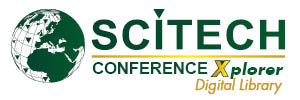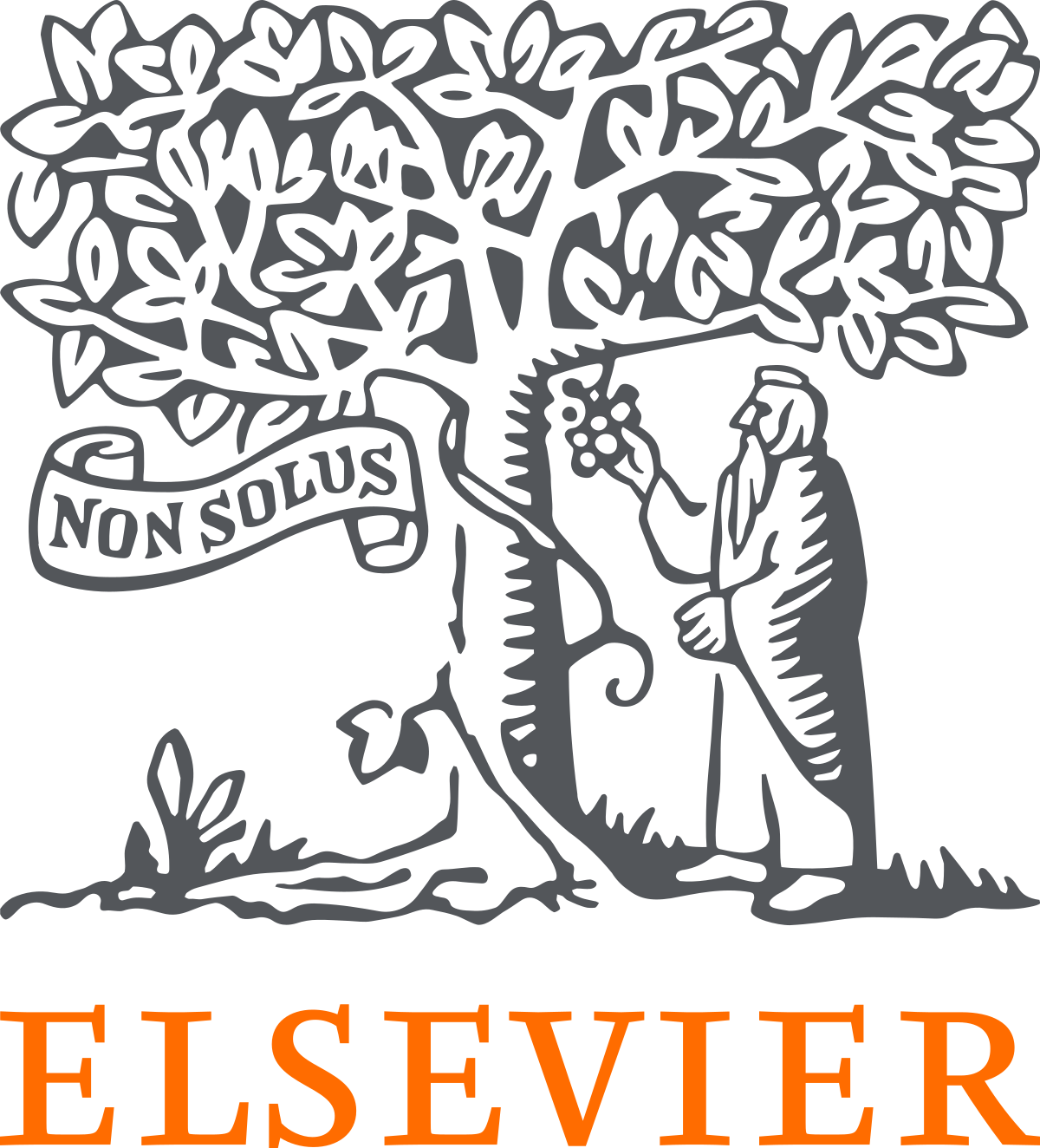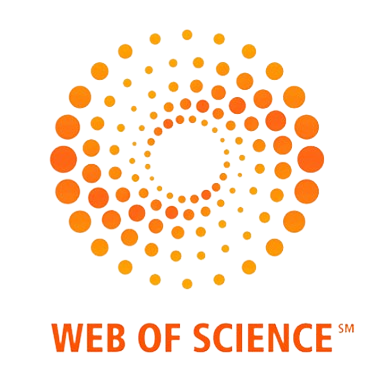International Conference on Renewable Energy, Climatic Change, and Environmental Protection (IC-RECCEP)

Articles
Maximizing Employability Through Machine Learning and Media Technology: Enhancing English Language Communication Skills
Dr. Jeton KELMENDI, Dr. Vinod Bhatt, Dr. Dev Brat Gupta,
Year: 2022 | Conference Paper | Publisher: Scitech Conference Xplorer
Abstract:
Revolutionizing Democracy: A Cutting-edge Web-Based Voting System for Modern Electoral Processes Using AI
Dr. M. Sunil Kumar, P.Neeraja, Padichetty HariKrishna, Naijam Himaja, Tellagolla Sireesha,
Year: 2022 | Conference Paper | Publisher: Scitech Conference Xplorer
Abstract:
Accident Severity Detection Using Machine Learning Algorithms
Dr. M. Sunil Kumar, M.Sowmya vani, D.Vyshnavi Reddy, M.Hemalatha, A.Thanuja,
Year: 2022 | Conference Paper | Publisher: Scitech Conference Xplorer
Abstract:
Internet of things (IoT) applications using smart materials and sensor technologies to prevent COVID-19
Dr. Jampani Chanda Sekhar, Mrs.Anitha Christy Angelin.P, Dr.R.Giri Prasad, Mr.Samson Ebenezar Uthirapathy, Mr. Prashant Agrawal, Mr Trilok Suthar,
Year: 2022 | Conference Paper | Publisher: Scitech Conference Xplorer
Abstract:
Technology for creating an intelligent system for managing the activities of the department of a higher educational institution
Ozoda Safibullayevna Abdullayeva, Baxodir Sayitkamolxonovich Azamxonov,
Year: 2022 | Conference Paper | Publisher: Scitech Conference Xplorer
Abstract:
Power quality enhancement of solar based microgrids using ML and AI
K. Paul Joshua, Dr.C.Vennila, Kurikyala Prasad Yadav, Dr. D. Kirubakaran, Dr. Vartika Kulshrestha, Praveen B.R,
Year: 2022 | Conference Paper | Publisher: Scitech Conference Xplorer
Abstract:
Real-Time Identification of Medicinal Plants Using Deep Learning Techniques
Mr. S. Girinath, MS. peddinti Neeraja, Dr. M. Sunil Kumar, S. Kalyani , B. Lakshmi Mamatha, N.R.T. GruhaLakshmi,
Year: 2022 | Conference Paper | Publisher: Scitech Conference Xplorer
Abstract:
Securing Trust in the Connected World: Exploring IoT Security for Privacy in Connected Environments
Sheetal, Deepa, Alli.A,
Year: 2022 | Conference Paper | Publisher: Scitech Conference Xplorer
Abstract:
Transforming Homes into Smart Living Spaces: Exploring Advancements in IoT-Based Home Automation Systems
Dr.Reepu,
Year: 2022 | Conference Paper | Publisher: Scitech Conference Xplorer
Abstract:
By Leveraging Technology for Sustainability, Environmental Monitoring via IoT
Jotiram K Deshmukh, Ritesh Tirole, Anand Bhaskar,
Year: 2022 | Conference Paper | Publisher: Scitech Conference Xplorer
Abstract:
International Conference on Sustainable Energy and Materials Engineering (ICSEME)
International Conference on Biomedical Robotics and Computational Imaging (ICBRCI)
International Conference on Smart Cities and Civil Infrastructure (ICSCCI)
International Conference on Aerospace Technologies and Data Science (ICATDS)
International Conference on Renewable Resources and Chemical Engineering (ICRRCE)
International Conference on Cyber-Physical Systems and Electrical Engineering (ICCPSE)
International Conference on Robotics in Manufacturing and Environmental Engineering (ICRMEE)
International Conference on Advanced Materials and Mechanical Engineering (ICAMME)
International Conference on Nanotechnology for Electrical Systems (ICNES)
International Conference on Geotechnical Innovations and Computer-Aided Design (ICGICAD)
International Conference on Water Resources and Environmental Engineering (ICWREE)
International Conference on Intelligent Transportation Systems and Structural Engineering (ICITSE)
International Conference on Sustainable Energy and Materials Engineering (ICSEME)
International Conference on Biomedical Robotics and Computational Imaging (ICBRCI)
International Conference on Smart Cities and Civil Infrastructure (ICSCCI)
International Conference on Aerospace Technologies and Data Science (ICATDS)
International Conference on Renewable Resources and Chemical Engineering (ICRRCE)
International Conference on Cyber-Physical Systems and Electrical Engineering (ICCPSE)
International Conference on Robotics in Manufacturing and Environmental Engineering (ICRMEE)
International Conference on Advanced Materials and Mechanical Engineering (ICAMME)
International Conference on Nanotechnology for Electrical Systems (ICNES)
International Conference on Geotechnical Innovations and Computer-Aided Design (ICGICAD)
International Conference on Water Resources and Environmental Engineering (ICWREE)
International Conference on Intelligent Transportation Systems and Structural Engineering (ICITSE)
International Conference on Sustainable Energy and Materials Engineering (ICSEME)
International Conference on Biomedical Robotics and Computational Imaging (ICBRCI)
International Conference on Smart Cities and Civil Infrastructure (ICSCCI)
International Conference on Aerospace Technologies and Data Science (ICATDS)
International Conference on Renewable Resources and Chemical Engineering (ICRRCE)
International Conference on Cyber-Physical Systems and Electrical Engineering (ICCPSE)
International Conference on Robotics in Manufacturing and Environmental Engineering (ICRMEE)
International Conference on Advanced Materials and Mechanical Engineering (ICAMME)
International Conference on Nanotechnology for Electrical Systems (ICNES)
International Conference on Geotechnical Innovations and Computer-Aided Design (ICGICAD)
International Conference on Water Resources and Environmental Engineering (ICWREE)
International Conference on Intelligent Transportation Systems and Structural Engineering (ICITSE)

+91 9888374777
icmsetm@scitechconference.org







